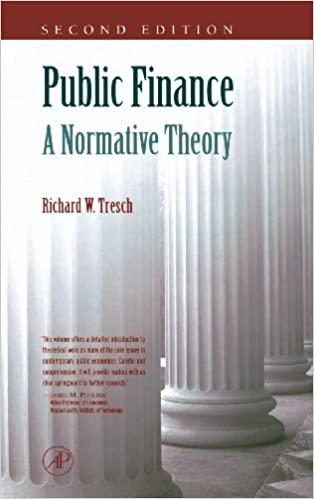Question
1.Which of the following orders instructs the broker to sell at or below a specified price? Select one: a. Limit-sell order b. Stop-loss c. Limit-buy
1.Which of the following orders instructs the broker to sell at or below a specified price?
Select one:
a. Limit-sell order
b. Stop-loss
c. Limit-buy order
d. Stop-buy order
e. Market order
2.Hedge funds may invest or engage in
Select one:
a. distressed firms.
b. convertible bonds.
c. currency speculation.
d. merger arbitrage.
e. All of the options are correct.
3.The smallest component of the fixed-income market is _______ debt.
Select one:
a. Treasury
b. other asset-backed
c. corporate
d. tax-exempt
e. mortgage-backed
4.A mutual fund had year-end assets of $700,000,000 and liabilities of $7,000,000. There were 40,150,000 shares in the fund at year end. What was the mutual fund's net asset value?
Select one:
a. $9.63
b. $57.71
c. $16.42
d. $17.87
e. $17.26
5.The trading of stock that was previously issued takes place
Select one:
a. in the secondary market.
b. in the primary market.
c. usually with the assistance of an investment banker.
d. in the secondary and primary markets.
6.You sold short 150 shares of common stock at $27 per share. The initial margin is 45%. Your initial investment was
Select one:
a. $4,800.60.
b. $12,000.25.
c. $2,250.75.
d. $1,822.50.
Step by Step Solution
There are 3 Steps involved in it
Step: 1

Get Instant Access to Expert-Tailored Solutions
See step-by-step solutions with expert insights and AI powered tools for academic success
Step: 2

Step: 3

Ace Your Homework with AI
Get the answers you need in no time with our AI-driven, step-by-step assistance
Get Started


